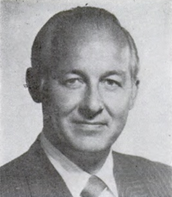United States House of Representatives elections, 1982
|
|
||||||||||||||||||||||||||||||||||||||||||||
|
||||||||||||||||||||||||||||||||||||||||||||
|
||||||||||||||||||||||||||||||||||||||||||||
|
|
||||||||||||||||||||||||||||||||||||||||||||
|
Results:
Democratic hold
Democratic pickup
Republican hold
Republican pickup
|
||||||||||||||||||||||||||||||||||||||||||||
|
||||||||||||||||||||||||||||||||||||||||||||
The 1982 United States House of Representatives elections was an election for the United States House of Representatives held on November 2, 1982, in the middle of President Ronald Reagan's first term, whose popularity was sinking due to economic conditions under the 1982 recession. The President's Republican Party lost seats in the House, which could be viewed as a response to the President's approval at the time. Unlike most midterm election cycles, the number of seats lost—27 seats to the Democratic Party—was a comparatively large swap. It included most of the seats that had been gained the previous election, cementing the Democratic majority. Coincidentally, the number of seats the Democratic picked up (26), was the exact amount the Republicans needed to win the House majority.
In the previous election of 1980 Republicans gained many seats as the result of the popularity of Ronald Reagan. Many of these elected officials lost their seats in 1982.
Notable freshmen included future Senator and Presidential candidate John McCain (R-Ariz.), future Governor John McKernan (R-Me.), future Governor and Presidential candidate John Kasich (R-Oh.), future Governor and first Secretary of Homeland Security Tom Ridge (R-Pa.), and future Governor, UN Ambassador, Cabinet Secretary and Presidential candidate Bill Richardson (D-N.M.).
...
Wikipedia



